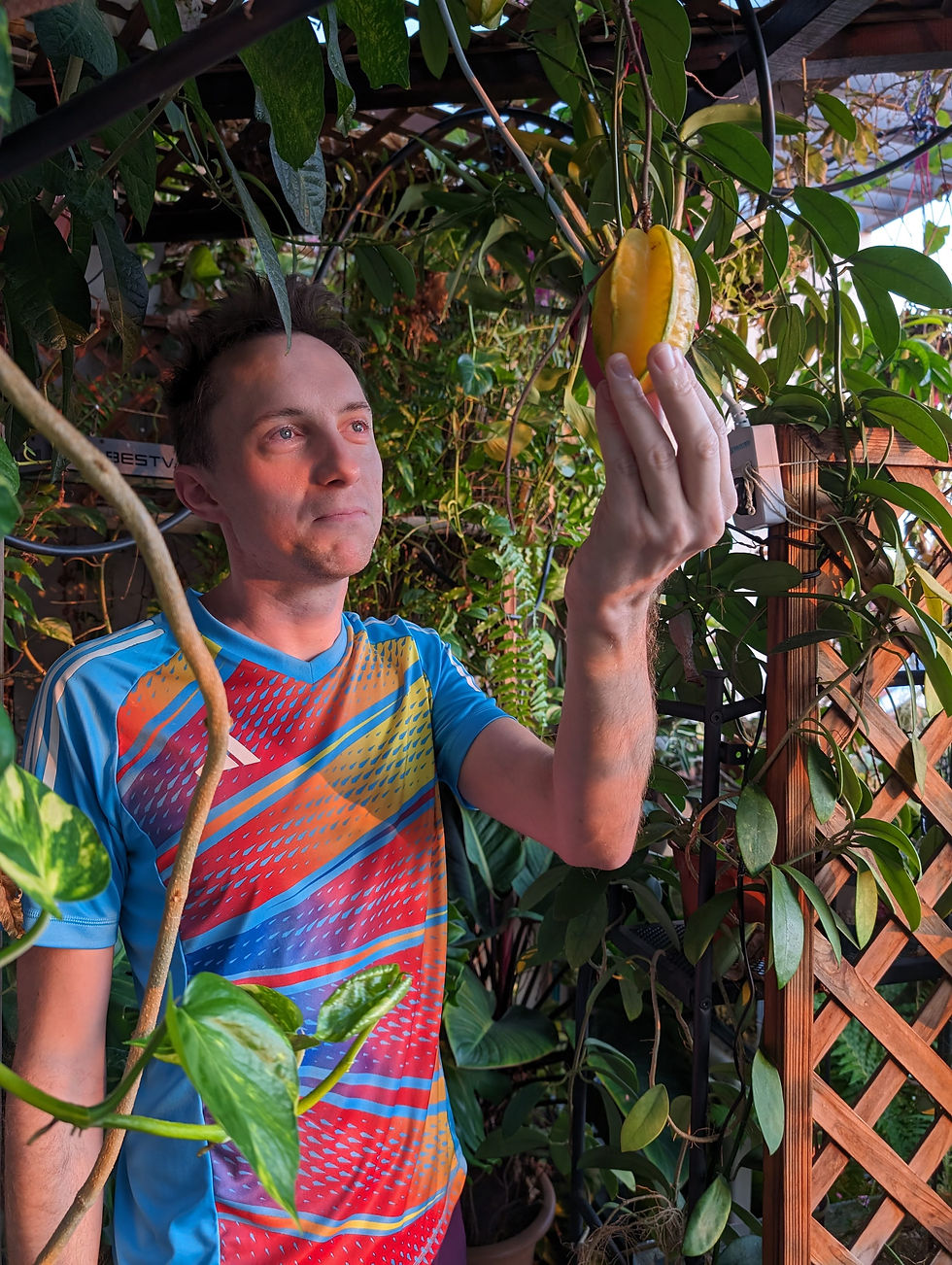The people behind SMART CAMP James Strutt, Senior Postdoctoral Researcher
- SMART

- Sep 29, 2023
- 4 min read
Updated: Dec 4, 2024
A dedicated researcher with a passion for nature and plants, James Strutt is a Senior Postdoctoral Researcher at the Critical Analytics for Manufacturing Personalized-Medicine Interdisciplinary Research Group (CAMP IRG) at SMART. Focusing on research that advances rapid contaminant testing for cell therapies, James’ work enhances the effectiveness of cell therapy products. In turn, his work drives significant societal impact for healthcare by improving cell therapies for the treatment of many serious and incurable diseases.
Learn more as James shares more about his contributions at SMART CAMP, his motivations, advice for aspiring researchers and scientists, his optimistic outlook for the future in this field of research, and more.
What do you do at SMART CAMP?
I work on the detection of adventitious agents, such as bacterial, fungal, or bacterial contaminants, using long-read sequencing as part of sterility testing for cell therapy products.

How did you first become interested in your field of work, and what motivated you to pursue it as a career then?
My interest was piqued by the next-generation long-read nanopore sequencing approach that was being employed to address the challenges of sterility testing in a rapid, sensitive, and specific manner. As DNA provides the blueprint for life, akin to how we use coding languages for software programming, I realised that with sequencing technologies constantly evolving, this would be a highly rewarding sector to immerse myself in.
What is the biggest motivation that keeps you going at work now, especially during the hard/challenging times?
One major driving force is the realisation that our findings can prevent sick patients from suffering adverse outcomes due to undetected contaminations. Additionally, the thrill of continuously learning about novel sequencing methods, applying established methodologies to new challenges, pushing the boundaries of detection limits, and refining sample processing, whether through lab techniques or informatics efficiency enhancements, keeps me inspired.
How does your work benefit society?
Our research stands as a cornerstone for society, especially in the realm of healthcare. By facilitating rapid testing for cell therapies, we ensure that patients receive treatments that are both safe and sterile without unnecessary delays.

Could you share any highlights or important projects/milestones that you have worked on at SMART CAMP?
One of our significant milestones is our capability to detect contamination events within a rapid 24-hour window (compared to existing approaches, which take at least 4 days and up to 14 days). For bacterial and fungal specimens, we've honed our skills to detect contaminants down to concentrations as low as 10 colony forming units per millilitre. Furthermore, we can precisely pinpoint the contaminating agent, a feature immensely valuable for process evaluation and rectification. On the innovation front, we've devised numerous strategies to minimise our false positive rate – a challenge inherent to sequencing.
Balancing work and personal life can be challenging, what are your current hobbies to relax and recharge?
Outside of work, I find solace in tending to my diverse collection of plants. My assortment ranges from carnivorous species to traditional house plants like the monstera. A particular point of pride is my mango tree, grown from a seed, and a star fruit plant that produces fruit regularly. Apart from gardening, I delve into the realms of sci-fi and fantasy through reading. For a more active pastime, I prefer swimming and hiking to rejuvenate both my body and mind.

How do you stay motivated or inspired?
My motivation primarily stems from my intrinsic curiosity and the drive to tackle challenges. I thrive on working with subjects that pique my interest and continually search for innovative solutions, whether it's for longstanding issues or new challenges that arise. I believe in staying engaged with what fascinates me, as this ensures I remain passionate and driven in all my endeavours.
What do you hope to see happen in your research field in the next 10 years? And what excites you most about the possibilities ahead?
Over the next decade, alongside advancements in rapid sterility testing, I'm eager to see breakthroughs in patient cell analysis during leukapheresis, enabling us to better understand innate diseases and to profile patients for the efficacy of cell therapy. With the continuous evolution of sequencing technologies, I'm thrilled about the potential of achieving real-time contamination detection and a deeper understanding of patient-specific cellular responses. This will ensure that cell therapies are not only safer but also more tailored to individual needs. The convergence of biology and technology, especially in DNA sequencing and cellular analysis, is opening doors to unprecedented possibilities in patient care.
What advice would you give to someone aspiring to enter a similar role or field of work?
Stay curious and embrace the rapid advancements in the field. The world of DNA sequencing and sterility testing is constantly evolving. Continuous learning, combined with a genuine passion for patient safety, will ensure you make significant contributions to the field.
If you weren't a researcher at SMART, what would you be doing?
Had I not been engaged in research at SMART, I would have found myself deeply involved in horticulture. The idea of connecting with nature, whether it's through nurturing plants or engaging in broader environmental conservation, has always resonated with me. If not in horticulture, a career in travel photography, capturing the world's natural wonders, would have been an equally fulfilling pursuit.




Comments